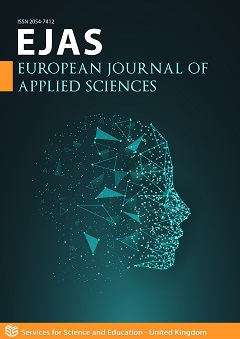Demonstrating the nexus effects of online videos, research outputs, and investments to knowledge absorption using linguistically adapted animations
DOI:
https://doi.org/10.14738/aivp.92.10025Abstract
Given how educational videos on social media platforms like YouTube are changing how information and knowledge are delivered and accessed, understanding, and capitalizing on this innovation could potentially enable increasing knowledge absorption in populations able to access that information. This study sought to estimate that increase by applying logistic regression to model data and demonstrate the relationship of one YouTube educational channel—Scientific Animations Without Borders (SAWBO)—and Global Innovation Index 2019 for 79 developing and developing countries from 2011-2018. Results indicated that knowledge absorption was 7.69 and 1.85 times more likely to occur (1) with gross expenditures on research and development (GERD) and (2) the interaction (INNOV) between video views, ICT access, and science/technology publications, respectively. Importantly, qualities of governance indicators did not correlate significantly with tested variables in the model, a suggestion that GERD and INNOV maintain their increased odds of increased knowledge absorption, especially in developing countries and populations where governmentality is being impacted, e.g., by corruption, political instability, global pandemic like COVID-19, or simply national shortfalls of resources and/or infrastructure. Thus, INNOV represents a comparatively lower-cost pathway to promoting and achieving knowledge absorption, especially in many developing nations where GERD may be beyond their current financial means. Implications for research managers and policymakers—as well as recommendations for future research on linguistically adapted animations and educational online videos for increasing knowledge absorption, sharing, and content use—are also provided.






